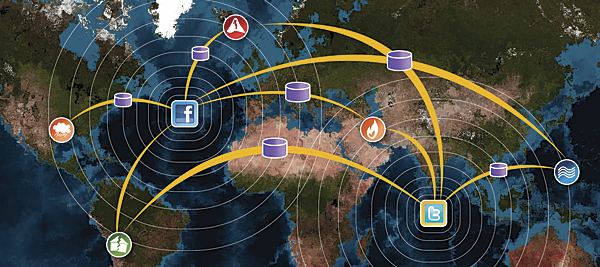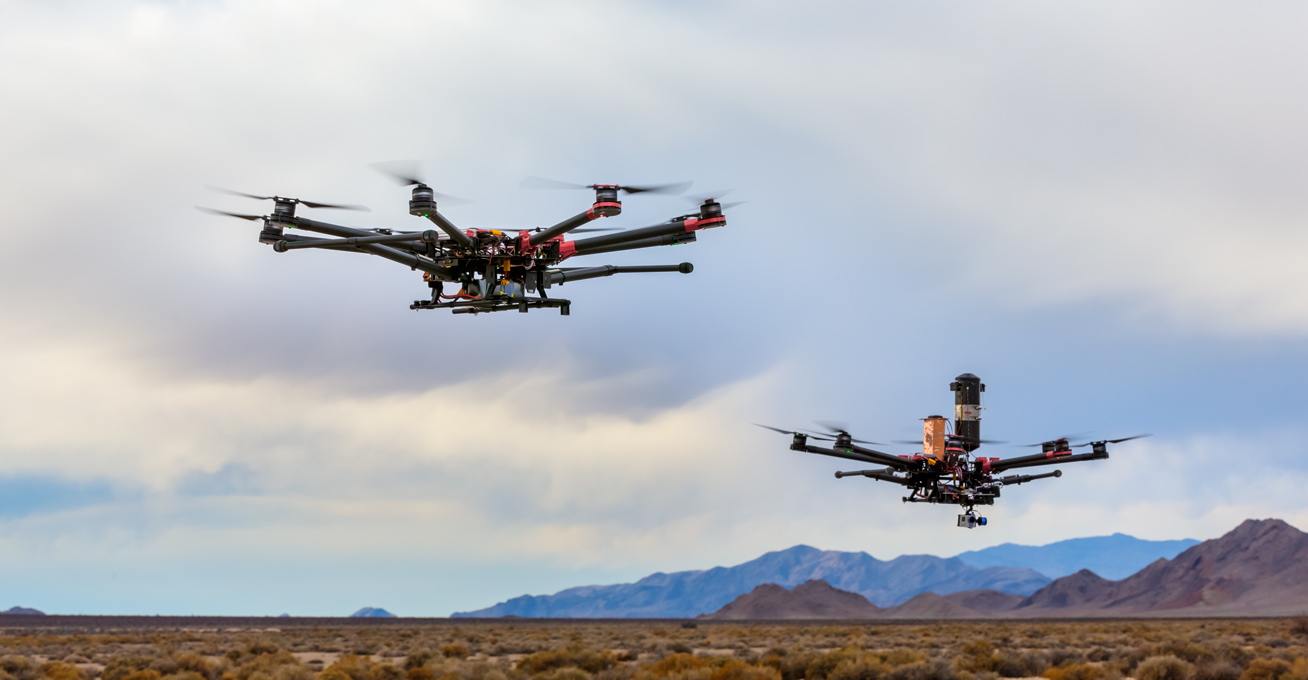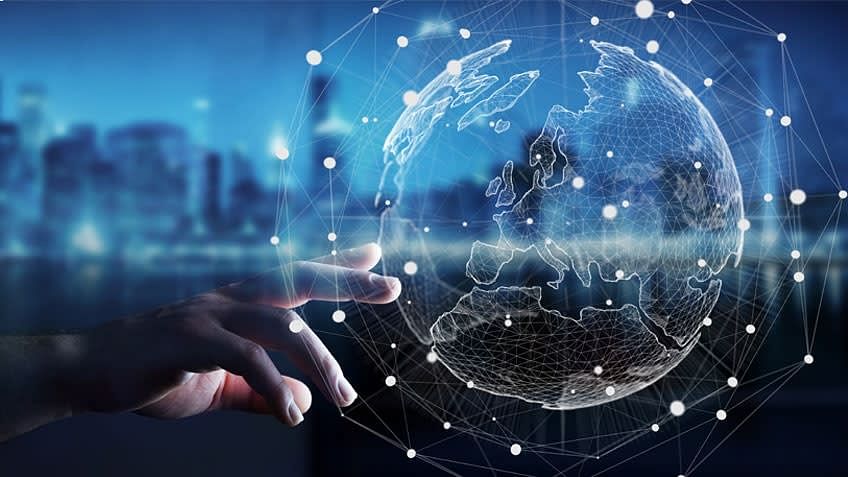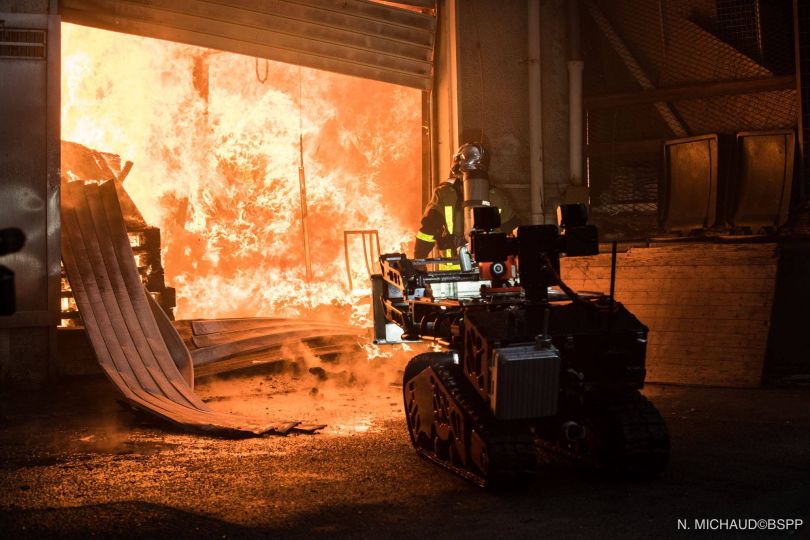Role of Technology In Disaster Management
Disaster management is the method of dealing with and avoiding risks. It involves preparation and ways to deal with a disaster before it happens, disaster response (e.g. safe evacuation, mass confinement and sanitization, etc.), and not only supporting but also guiding and rebuilding society after natural or human-made disasters have occurred.
Disaster Management and Technology
Disaster Management is an important part of any government policy to protect its region from various manmade and natural natural disasters. Technology has played an important part in the defense, education, travel and more. The role of technology in disaster management is not only to protect life but extract useful information which can be useful in the future.
Role of Technology in Disaster Management
While technology may not replace the vital resources people need during disasters – food, shelter, water, and proximity with loved ones – technology is still changing disaster management preparedness and smoothness.
1)Aerial Robotics: It assesses damage in real-time, increases situational awareness through high-resolution mapping and delivers items faster, cheaper and more efficiently. E.g. Global Non-profit We-Robotics Program Assistance Robotics identifies local human needs and provides robotics solutions through regional flying labs.
2)Social Media Solutions: Resulting in faster, more effective answers that ultimately help the beneficiaries. For example, World Food Program (WFP) Mobile Vulnerability Analysis and Mapping (mVAM) uses mobile technology to address the barriers of data collection.
Blockchain Technology in Disaster Management
The usage of newer technologies like Blockchain has been continuously increasing in disaster management due to wide use cases in several testing and automating technologies that can help in the automising daily task of gathering data in disaster-prone regions. This can help speed up decision-making capacity and aid in increasing rescues and helping victims.
Blockchain technologies can also help minimise misinformation and build transparency between government and locals. It can also aid such that proper utilization of resources is carried out and not wasted.
Role of big Data In Disaster Management
1) Predictive Policies: This can be developed from previous disaster management; officials and responders can collect insights that help forecast future incidents and identification of vulnerable social sections. Sensors are used specifically for data collection and storage which are later analysed and extracted useful data from it. Companies like Google are predicting flood patterns in India and aiming to improve reaction accuracy and accuracy
2) Efficient Allocation of Resources: Big data generated from geo-informatics and remote sensing platforms helps identify the gaps and make recommendations on where to allocate resources to mitigate the risk. This includes helping to see recovery, focusing on early warning dissemination systems and assessing resilience
3) Economic mitigation plans: Big data provides an in-depth understanding of how an economy is interconnected and how even the destruction of a crop like rice can trigger a disaster. A series of effects on many industries and services such as transportation, rice trade, packaging and retail
4) Social media also collects data and allows survivors to mark themselves safely in times of crisis, which is helpful for both emergency response teams and distressed friends and family
5) The American Red Cross puts life-saving information at the user's fingertips through free mobile apps. The app gives people instant access to over 35 custom weather alerts
6) A pilot project was carried out by Google in collaboration with the Central Water Commission to assess the flood situation in Patna
7) The Odisha State Disaster Management Authority (OSDMA) has also developed a web and smartphone-based platform called “SATARK” in collaboration with the regionally integrated Multi-Hazard, early warning dissemination system. The application is designed to provide real-time clocks, alerts and warning information for various hazards such as heatwave, lightning, agricultural hazards (drought) and flood monitoring. This is a big role of the national disaster management system.
Robotics
Robotics are specialized technologies that can be used in a disaster management scenario. Robots are now incredibly advanced and prepared to better help and complement human actors or rescue animals thanks to advancements in computing technology. These can be incredibly useful for NDRF units, particularly in difficult terrain and life-threatening operations.
Conclusion
Disaster management is an important tool for a government to work on affected regions with a structured approach faster and reach maximum people. The disaster management cycle helps in mitigating disasters faster by prevention and preparedness towards any future disaster. Technology has enabled governments to look into measures that were not possible before. With efficient geo-location and scanning technologies, it is beneficial for the government to predict the area of impact before a disaster. Big data and other technologies also help in early information. Social media also forms an important tool in spreading information related to disasters and keeping track of victims and survivors.





Comments
Post a Comment